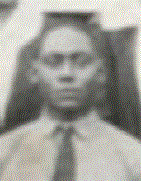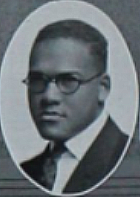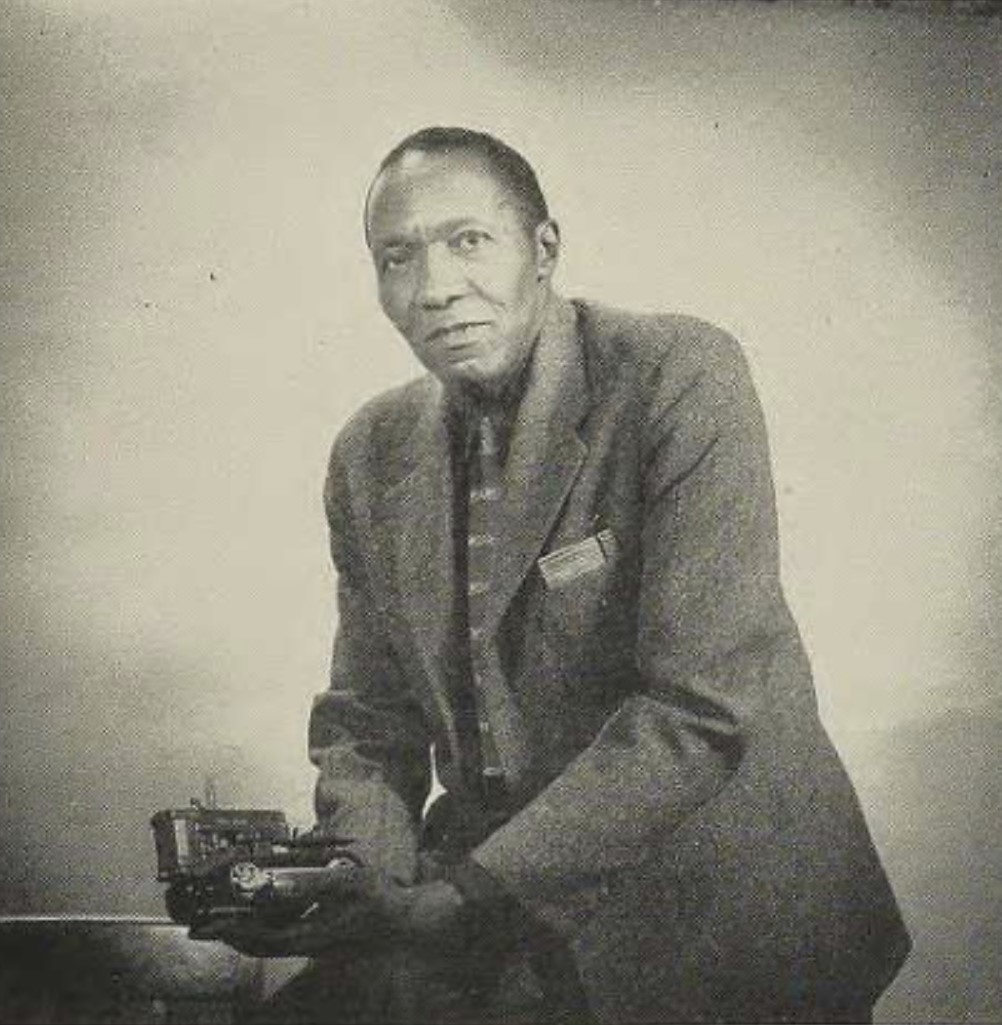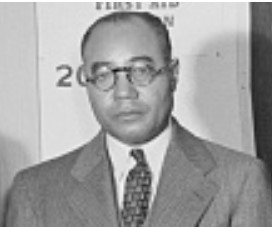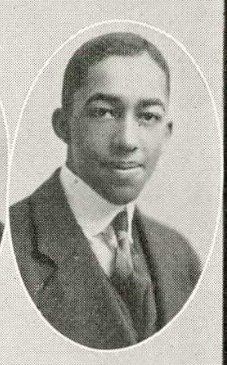Jesse Jarue Mark, Jr., was born 24 September 1905, in Apple Springs, Trinity County, Texas, to Jesse James Mark, Sr., a farmer, and his wife Lula V. Mark. Mark graduated from Prairie View State Normal & Industrial College (now Prairie View A & M University) in Prairie View, Texas, in 1929 and moved quickly on to Master’s Degree work in Agriculture at ISC, which he completed in 1931. While at ISC, Mark lived with Archie and Nancy Martin at 218 Lincoln Way
As early as 1931, Mark was teaching agriculture at Kentucky State Industrial College (now Kentucky State University), where fellow Iowa Stater Rufus B. Atwood was president. While working at Kentucky State, Mark pursued his Ph.D. in Botany, receiving it in 1935. That same year Mark’s work was recognized nationally when he was named a Rockefeller Fellow in Agriculture for 1935-36.
While at Iowa State, Mark had been employed at the Agricultural Experiment Station. He continued his ties to that organization while teaching and researching at Kentucky State, later becoming the Head of the Agriculture Department there. Following his teaching there, Mark also taught at Tennessee State College, Texas College, and Southern University of New Orleans. Mark He ended his career teaching biology there (“Dr. Mark Rites”).
Jesse Jarue Mark died at age 65 on 20 February 1971 and is buried in the Nigton Memorial Park Cemetery in Nigton, Texas.
Iowa State College Thesis Title: The relation of root reserves to cold resistance in alfalfa, 1935
Iowa State University Library Digital Repository Link:https://doi.org/10.31274/rtd-180813-14899;
Iowa State College Dissertation Title: The response of winter grains to late fall seeding, 1931
Iowa State University Catalog Record:https://iowa-primo.hosted.exlibrisgroup.com/permalink/f/12tutg/01IASU_ALMA21210594870002756
Sources
- Biography available at HBCU Connections at Iowa State University : Jesse J. Mark ( http://hbcuconnections.iastatedigital.org/Jesse_J._Mark )
- “Dr. Mark Rites to Be in Texas: SUNO Biology Professor Succumbs Here,” (1971, 22 February). Times-Picayune
